Home>Gardening & Outdoor>Outdoor Recreation & Activities>What Paint To Use On Swimming Pool Walls
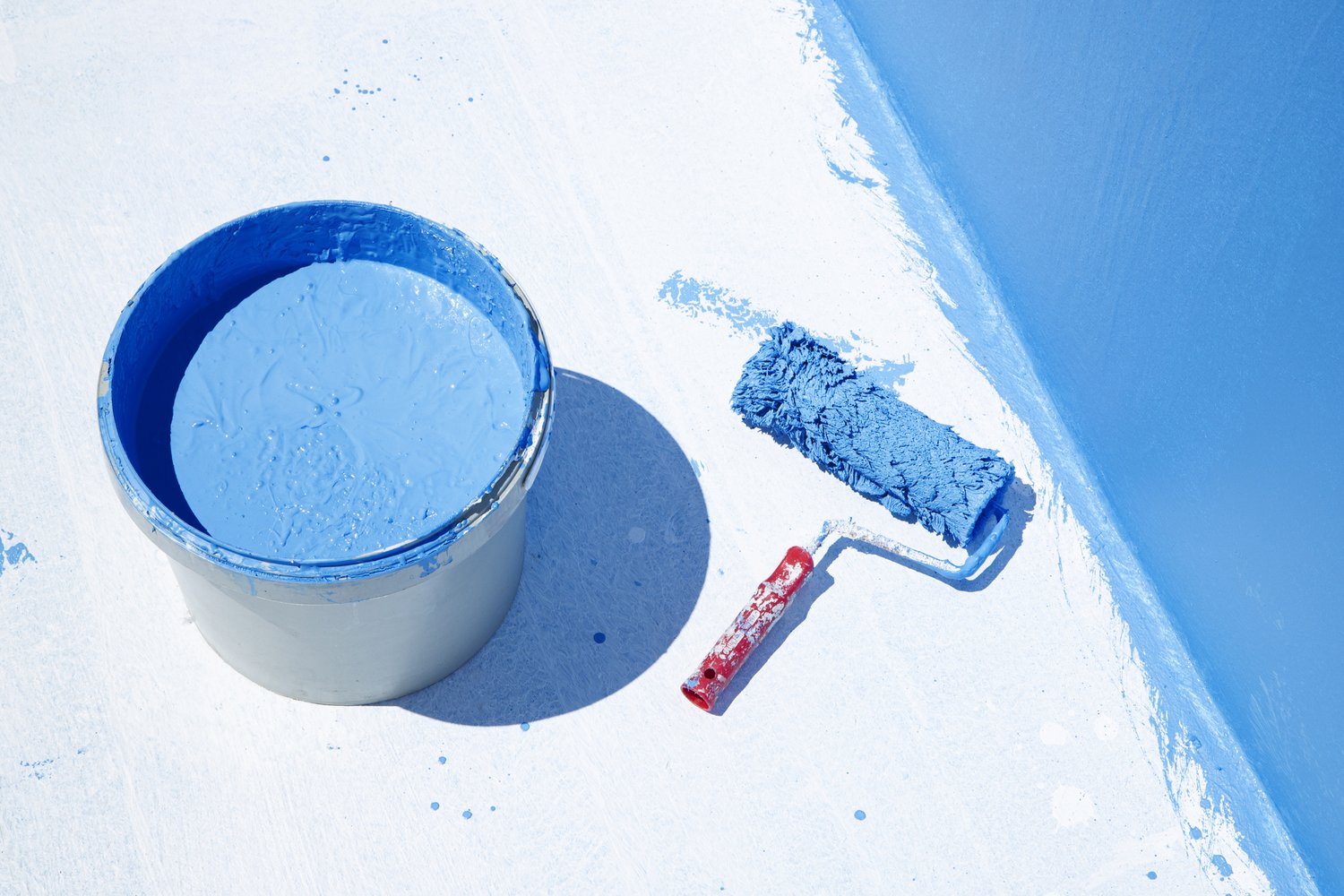

Outdoor Recreation & Activities
What Paint To Use On Swimming Pool Walls
Modified: March 24, 2024
Discover the best paint for swimming pool walls to ensure long-lasting protection and vibrant color. Find the ideal outdoor recreation and activities paint for your pool today!
(Many of the links in this article redirect to a specific reviewed product. Your purchase of these products through affiliate links helps to generate commission for Storables.com, at no extra cost. Learn more)
Introduction
When it comes to maintaining a swimming pool, one of the essential aspects is ensuring that the walls are not only structurally sound but also aesthetically pleasing. The paint used on swimming pool walls serves as a protective barrier against the harsh elements and chemicals present in the water, while also contributing to the overall visual appeal of the pool area. Choosing the right type of paint for your swimming pool walls is crucial for ensuring longevity, durability, and a vibrant finish.
The selection of paint for swimming pool walls is not a one-size-fits-all decision. Different types of paint offer varying levels of durability, chemical resistance, and aesthetic appeal. Understanding the unique characteristics of each type of paint is essential for making an informed decision that aligns with your specific needs and preferences.
In this comprehensive guide, we will explore the various types of paint commonly used for swimming pool walls, including epoxy paint, chlorinated rubber paint, and acrylic paint. Each type has its own set of advantages and considerations, making it important to weigh the options carefully. By delving into the distinct features of each type of paint, you will gain valuable insights into their suitability for different swimming pool environments.
Furthermore, we will delve into a detailed comparison of the different types of paint, shedding light on their strengths and limitations. This comparative analysis will empower you to make a well-informed decision based on factors such as durability, application ease, and resistance to chemicals and UV exposure.
Moreover, we will discuss the key factors that should be taken into account when choosing paint for swimming pool walls. From the climate and usage frequency to the existing surface condition, these considerations play a pivotal role in determining the most suitable paint for your specific swimming pool.
By the end of this guide, you will have a comprehensive understanding of the various types of paint available for swimming pool walls, enabling you to make a confident and informed decision that aligns with your unique requirements. Let's dive into the world of swimming pool wall paint and explore the options that will elevate the aesthetics and longevity of your pool.
Key Takeaways:
- Choose epoxy paint for swimming pool walls for long-lasting protection against chemicals and UV exposure, easy maintenance, and a vibrant finish, ensuring a visually appealing and durable pool environment.
- Consider chlorinated rubber paint for swimming pool walls for strong adhesion, chemical resistance, and a glossy finish, providing durability and visual appeal with periodic touch-ups for a resilient and attractive pool coating.
Read more: How To Paint A Swimming Pool
Types of Paint for Swimming Pool Walls
When it comes to painting swimming pool walls, it's essential to choose a paint that can withstand the unique challenges posed by the pool environment. There are several types of paint specifically formulated for swimming pool walls, each with its own set of characteristics and benefits. Understanding the differences between these types of paint is crucial for making an informed decision that aligns with your specific needs. Let's explore the various options available:
Epoxy Paint
Epoxy paint is renowned for its exceptional durability and chemical resistance, making it a popular choice for swimming pool walls. This type of paint forms a tough, protective coating that can withstand exposure to harsh pool chemicals and UV radiation. Epoxy paint is also highly resistant to chipping, peeling, and fading, ensuring that the pool walls maintain their vibrant appearance over time. Additionally, epoxy paint provides a smooth and easy-to-clean surface, contributing to the overall maintenance of the pool.
Chlorinated Rubber Paint
Chlorinated rubber paint is another common option for swimming pool walls, valued for its ability to adhere well to various surfaces, including concrete, plaster, and fiberglass. This type of paint offers good chemical resistance and can withstand the constant exposure to chlorinated water. Chlorinated rubber paint also provides a smooth and glossy finish, enhancing the visual appeal of the pool walls. However, it is important to note that this type of paint may require more frequent touch-ups compared to epoxy paint.
Acrylic Paint
Acrylic paint is known for its versatility and ease of application, making it a popular choice for swimming pool walls. This type of paint is available in a wide range of colors and finishes, allowing pool owners to achieve their desired aesthetic. Acrylic paint offers good resistance to fading and UV damage, ensuring that the pool walls maintain their vibrant appearance over time. Moreover, acrylic paint dries quickly, facilitating a faster turnaround time for pool maintenance and refurbishment projects.
Each type of paint for swimming pool walls has its own unique set of characteristics, catering to different preferences and requirements. By understanding the distinct features of epoxy paint, chlorinated rubber paint, and acrylic paint, pool owners can make an informed decision that aligns with their specific needs and budget. The next section will delve into a detailed comparison of these different types of paint, shedding light on their strengths and limitations.
Read more: What Kind Of Salt To Use In A Swimming Pool
Epoxy Paint
Epoxy paint stands out as a top choice for painting swimming pool walls due to its exceptional durability and resilience in challenging aquatic environments. Composed of epoxy resins and a hardener, this type of paint forms a robust, protective coating that effectively shields the pool walls from the corrosive effects of pool chemicals and UV exposure. Its ability to withstand harsh conditions makes it a preferred option for both residential and commercial swimming pools.
One of the key advantages of epoxy paint is its remarkable resistance to chemical degradation. The tough epoxy coating acts as a barrier against the corrosive nature of chlorine and other pool chemicals, ensuring that the pool walls remain intact and visually appealing over an extended period. This chemical resistance is particularly crucial for maintaining the structural integrity of the pool walls, preventing premature deterioration and the need for frequent repainting.
In addition to its chemical resistance, epoxy paint offers excellent adhesion to various surfaces, including concrete, plaster, and fiberglass. This ensures a strong and long-lasting bond, contributing to the overall durability of the paint finish. The smooth and seamless application of epoxy paint results in a uniform and aesthetically pleasing surface, enhancing the overall visual appeal of the swimming pool.
Furthermore, epoxy paint is highly resistant to chipping, peeling, and fading, providing long-term protection against wear and tear. This durability translates to reduced maintenance requirements and long intervals between repainting, making it a cost-effective choice for pool owners. The vibrant and glossy finish of epoxy paint adds a touch of elegance to the pool environment, creating an inviting and luxurious atmosphere for swimmers and guests.
Moreover, the ease of cleaning and maintenance associated with epoxy paint further enhances its appeal. The smooth surface allows for effortless removal of dirt, algae, and other contaminants, facilitating regular upkeep and preserving the pristine appearance of the pool walls. This ease of maintenance contributes to a hygienic and visually appealing swimming environment, ensuring a positive experience for pool users.
In summary, epoxy paint stands as a premier option for painting swimming pool walls, offering unparalleled durability, chemical resistance, and aesthetic appeal. Its ability to withstand the harsh pool environment while maintaining a vibrant and glossy finish makes it a valuable investment for enhancing the longevity and visual allure of any swimming pool.
Chlorinated Rubber Paint
Chlorinated rubber paint is a popular choice for painting swimming pool walls, valued for its unique properties that make it well-suited for the demanding aquatic environment. Composed of chlorinated rubber polymers and high-quality additives, this type of paint offers a range of benefits that cater to the specific requirements of pool owners.
One of the key advantages of chlorinated rubber paint is its exceptional adhesion to various surfaces commonly found in swimming pools, including concrete, plaster, and fiberglass. This strong adhesion ensures that the paint forms a durable and long-lasting bond with the pool walls, minimizing the risk of peeling or flaking over time. The ability of chlorinated rubber paint to adhere well to different substrates contributes to its versatility and suitability for a wide range of pool types and constructions.
In addition to its strong adhesion, chlorinated rubber paint provides good resistance to the harsh effects of chlorinated water and other pool chemicals. This chemical resistance is essential for maintaining the integrity and appearance of the pool walls, ensuring that the paint remains intact and vibrant despite constant exposure to water and chemical treatments. By withstanding the corrosive nature of pool chemicals, chlorinated rubber paint contributes to the long-term protection and visual appeal of swimming pool walls.
Furthermore, chlorinated rubber paint offers a smooth and glossy finish, enhancing the aesthetic appeal of the pool environment. The glossy surface not only adds a touch of elegance to the pool walls but also facilitates easy cleaning and maintenance. This smooth finish allows for the effortless removal of dirt, algae, and other contaminants, promoting a hygienic and visually appealing swimming experience for pool users.
It is important to note that while chlorinated rubber paint offers numerous benefits, it may require more frequent touch-ups compared to epoxy paint. The need for periodic maintenance and touch-ups should be factored into the decision-making process when choosing the most suitable paint for swimming pool walls. However, the ease of application and the ability to achieve a smooth and uniform finish make chlorinated rubber paint a practical and visually appealing choice for pool owners seeking a durable and attractive coating for their pool walls.
In summary, chlorinated rubber paint stands as a versatile and resilient option for painting swimming pool walls, offering strong adhesion, chemical resistance, and a glossy finish that enhances the visual allure of the pool environment. Its ability to withstand the challenges of the aquatic environment makes it a valuable choice for maintaining the longevity and aesthetic appeal of swimming pool walls.
Acrylic Paint
Acrylic paint has emerged as a popular choice for painting swimming pool walls, offering a blend of versatility, durability, and aesthetic appeal. Composed of acrylic resins and pigments, this type of paint is renowned for its ability to withstand the rigors of the aquatic environment while providing a vibrant and long-lasting finish.
One of the key advantages of acrylic paint is its versatility in terms of color options and finishes. Pool owners have a wide array of colors to choose from, allowing them to customize the visual appearance of their pool walls to align with their preferences and overall design scheme. Whether seeking a bold and vibrant hue or a more subdued and natural tone, acrylic paint offers the flexibility to achieve the desired aesthetic, enhancing the overall ambiance of the pool area.
In addition to its color versatility, acrylic paint offers good resistance to fading and UV damage. The acrylic resins in the paint form a protective barrier that shields the pool walls from the detrimental effects of prolonged sun exposure, ensuring that the vibrant color and finish remain intact over time. This resistance to UV damage contributes to the longevity of the paint finish, reducing the frequency of repainting and maintenance requirements.
Moreover, acrylic paint dries quickly, facilitating a faster turnaround time for pool maintenance and refurbishment projects. The rapid drying nature of acrylic paint allows for efficient application and turnaround, minimizing disruptions to pool usage and ensuring expedited completion of painting projects. This quick-drying feature is particularly advantageous for pool owners seeking timely and efficient solutions for enhancing the visual appeal of their pool walls.
Furthermore, acrylic paint offers ease of application and touch-ups, making it a practical choice for pool owners and maintenance professionals. The smooth and uniform application of acrylic paint results in a visually appealing finish, enhancing the overall aesthetics of the pool environment. Additionally, the ease of cleaning and maintenance associated with acrylic paint contributes to a hygienic and visually appealing swimming experience for pool users.
In summary, acrylic paint stands as a versatile and visually appealing option for painting swimming pool walls, offering a wide range of color options, resistance to fading and UV damage, quick drying, and ease of application. Its ability to provide a vibrant and long-lasting finish makes it a valuable choice for pool owners seeking to elevate the aesthetics and longevity of their swimming pool walls.
Comparison of Different Types of Paint
When evaluating the various types of paint for swimming pool walls, it is essential to consider their distinct characteristics and performance attributes. Each type of paint offers unique benefits and considerations, catering to different preferences and requirements. By comparing epoxy paint, chlorinated rubber paint, and acrylic paint, pool owners can make an informed decision based on factors such as durability, chemical resistance, application ease, and aesthetic appeal.
Epoxy paint stands out for its exceptional durability and chemical resistance, making it a premier choice for swimming pool walls. Its robust protective coating effectively shields the pool walls from the corrosive effects of pool chemicals and UV exposure, ensuring long-term protection and vibrant finish. Additionally, epoxy paint offers excellent adhesion to various surfaces, contributing to its overall durability and aesthetic appeal. The ease of cleaning and maintenance associated with epoxy paint further enhances its appeal, making it a practical and visually appealing option for pool owners.
Chlorinated rubber paint, on the other hand, offers strong adhesion to various surfaces commonly found in swimming pools, coupled with good resistance to the harsh effects of chlorinated water and other pool chemicals. Its smooth and glossy finish enhances the aesthetic appeal of the pool environment, while the ease of cleaning and maintenance contributes to a hygienic and visually appealing swimming experience. However, it is important to note that chlorinated rubber paint may require more frequent touch-ups compared to epoxy paint, which should be taken into consideration when making a decision.
Acrylic paint provides a blend of versatility, durability, and aesthetic appeal, offering a wide array of color options, resistance to fading and UV damage, quick drying, and ease of application. Its ability to withstand the rigors of the aquatic environment while providing a vibrant and long-lasting finish makes it a valuable choice for pool owners seeking to elevate the aesthetics and longevity of their swimming pool walls.
In summary, the comparison of different types of paint for swimming pool walls reveals a range of benefits and considerations. Epoxy paint excels in durability and chemical resistance, while chlorinated rubber paint offers strong adhesion and resistance to pool chemicals. Acrylic paint stands out for its versatility, color options, and resistance to fading. By carefully evaluating these factors, pool owners can select the most suitable paint that aligns with their specific needs and preferences, ensuring the long-term protection and visual appeal of their swimming pool walls.
Read more: What To Do In The Swimming Pool
Factors to Consider When Choosing Paint
When selecting paint for swimming pool walls, several crucial factors should be taken into account to ensure that the chosen paint aligns with the specific requirements and environmental conditions of the pool. By carefully considering these factors, pool owners can make an informed decision that promotes the longevity, visual appeal, and overall maintenance of their swimming pool walls.
Surface Compatibility
The compatibility of the paint with the surface of the pool walls is a fundamental consideration. Different types of paint may adhere differently to various surfaces such as concrete, plaster, or fiberglass. It is essential to choose a paint that offers strong adhesion to the specific surface material of the pool, ensuring a durable and long-lasting finish.
Durability and Chemical Resistance
The durability and chemical resistance of the paint are critical factors, particularly in the context of the aquatic environment. The chosen paint should be capable of withstanding exposure to pool chemicals, including chlorine, as well as the constant presence of water. A durable paint that offers robust protection against chemical degradation and UV exposure will contribute to the long-term preservation of the pool walls.
Aesthetic Appeal and Finish
The visual impact of the paint on the pool walls is an important consideration for enhancing the overall ambiance of the pool area. Pool owners may prioritize factors such as color options, finish, and glossiness to achieve a desired aesthetic. The chosen paint should align with the desired visual appeal, complementing the surrounding environment and contributing to an inviting and luxurious atmosphere.
Read more: What Is A Skimmer In A Swimming Pool
Application Ease and Maintenance
The ease of application and maintenance associated with the paint should not be overlooked. Factors such as application method, drying time, and ease of cleaning play a significant role in the overall convenience and efficiency of the painting process. Additionally, paints that facilitate easy maintenance, such as the removal of dirt and contaminants, contribute to a hygienic and visually appealing swimming experience.
Climate and Usage Frequency
The climate and frequency of pool usage are important factors that can influence the performance of the paint. Consideration should be given to factors such as temperature variations, humidity levels, and the frequency of pool usage, as these elements can impact the longevity and resilience of the paint finish in the long run.
Budget and Long-Term Investment
Finally, the budget and long-term investment implications should be taken into consideration. While the initial cost of the paint is a factor, it is equally important to assess the long-term value and durability that the chosen paint offers. Investing in a high-quality paint that provides long-term protection and visual appeal may result in cost savings and reduced maintenance requirements over time.
By carefully evaluating these factors, pool owners can make a well-informed decision when choosing paint for their swimming pool walls, ensuring that the selected paint aligns with their specific needs, preferences, and the unique demands of the aquatic environment.
Conclusion
In conclusion, the selection of paint for swimming pool walls is a decision that significantly impacts the longevity, visual appeal, and maintenance requirements of the pool environment. Each type of paint, including epoxy paint, chlorinated rubber paint, and acrylic paint, offers distinct characteristics and benefits that cater to different preferences and requirements.
Epoxy paint stands out for its exceptional durability, chemical resistance, and ease of maintenance, making it a premier choice for pool owners seeking long-term protection and vibrant finish for their swimming pool walls. Its ability to withstand the harsh effects of pool chemicals and UV exposure, coupled with its smooth and easy-to-clean surface, positions it as a practical and visually appealing option for various swimming pool environments.
Chlorinated rubber paint, on the other hand, offers strong adhesion, chemical resistance, and a glossy finish, making it a versatile and resilient choice for pool walls. While it may require more frequent touch-ups compared to epoxy paint, its ability to withstand the challenges of the aquatic environment and provide a visually appealing finish makes it a valuable option for pool owners seeking a durable and attractive coating for their pool walls.
Acrylic paint provides a blend of versatility, durability, and aesthetic appeal, offering a wide array of color options, resistance to fading and UV damage, quick drying, and ease of application. Its ability to withstand the rigors of the aquatic environment while providing a vibrant and long-lasting finish makes it a valuable choice for pool owners seeking to elevate the aesthetics and longevity of their swimming pool walls.
When choosing paint for swimming pool walls, factors such as surface compatibility, durability, aesthetic appeal, application ease, climate, and long-term investment implications should be carefully considered. By evaluating these factors, pool owners can make an informed decision that aligns with their specific needs and preferences, ensuring the long-term protection and visual appeal of their swimming pool walls.
Ultimately, the choice of paint for swimming pool walls should be guided by a comprehensive understanding of the unique characteristics and benefits offered by each type of paint, empowering pool owners to make a confident decision that enhances the overall aesthetics and durability of their pool environment.
Frequently Asked Questions about What Paint To Use On Swimming Pool Walls
Was this page helpful?
At Storables.com, we guarantee accurate and reliable information. Our content, validated by Expert Board Contributors, is crafted following stringent Editorial Policies. We're committed to providing you with well-researched, expert-backed insights for all your informational needs.
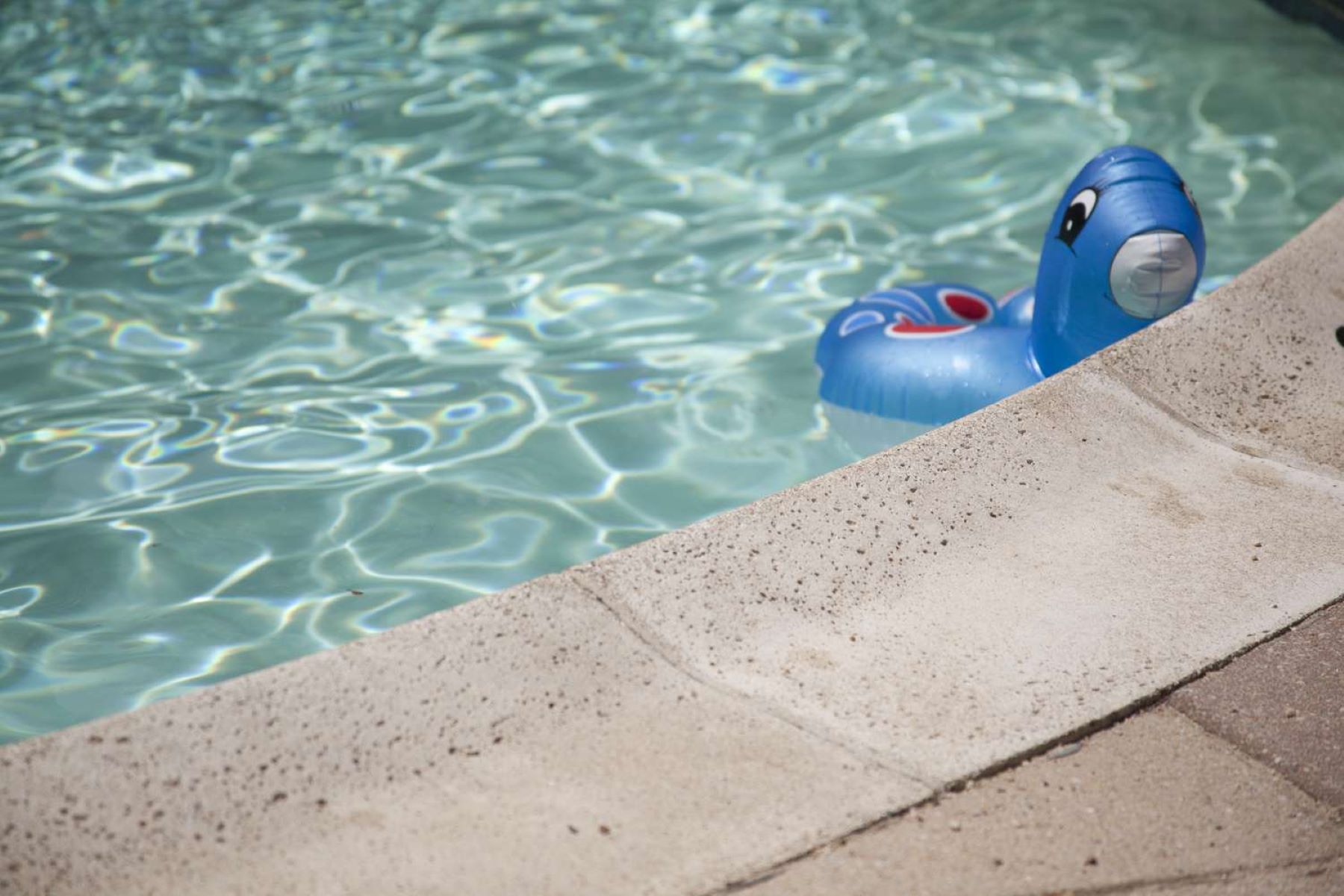

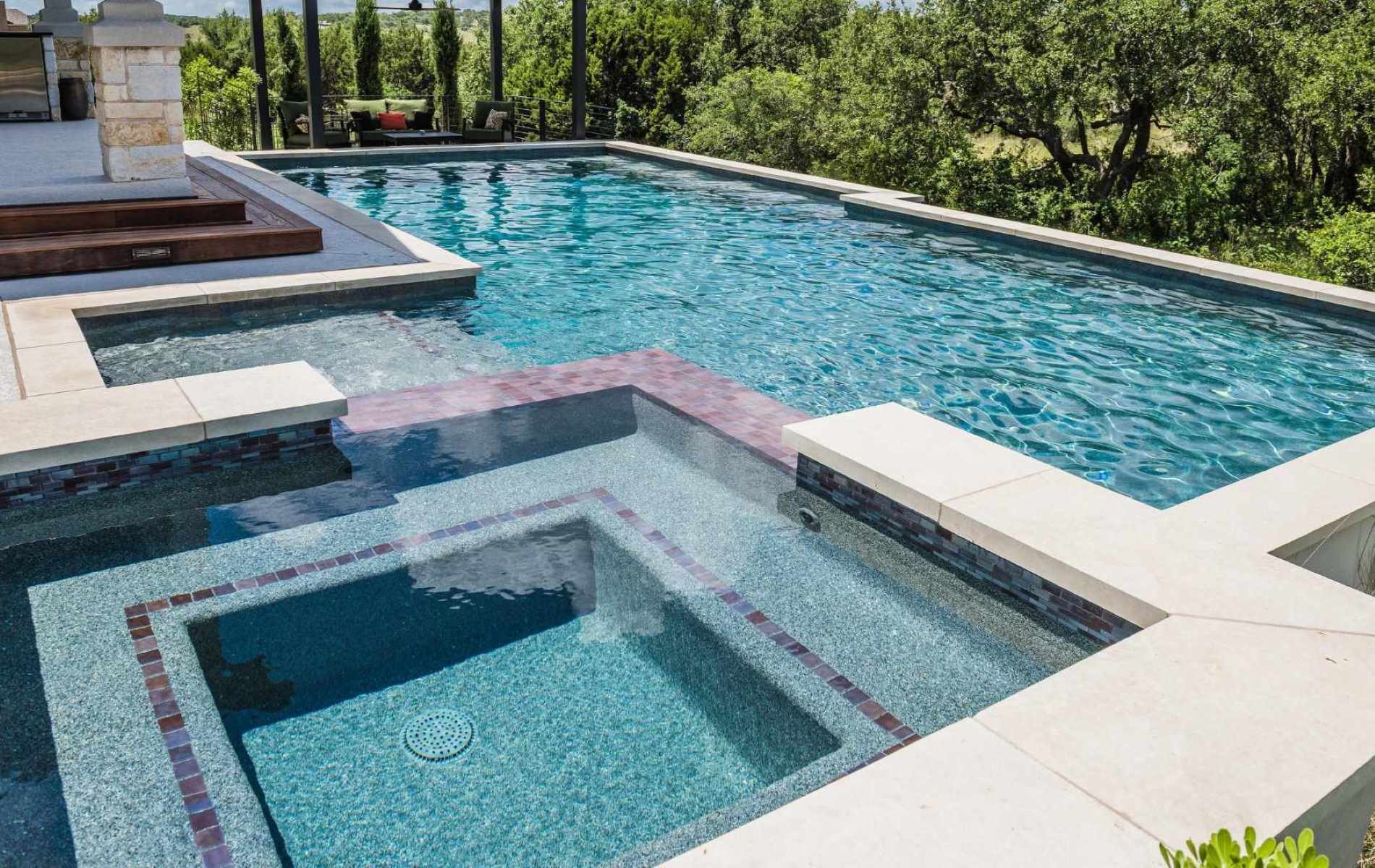
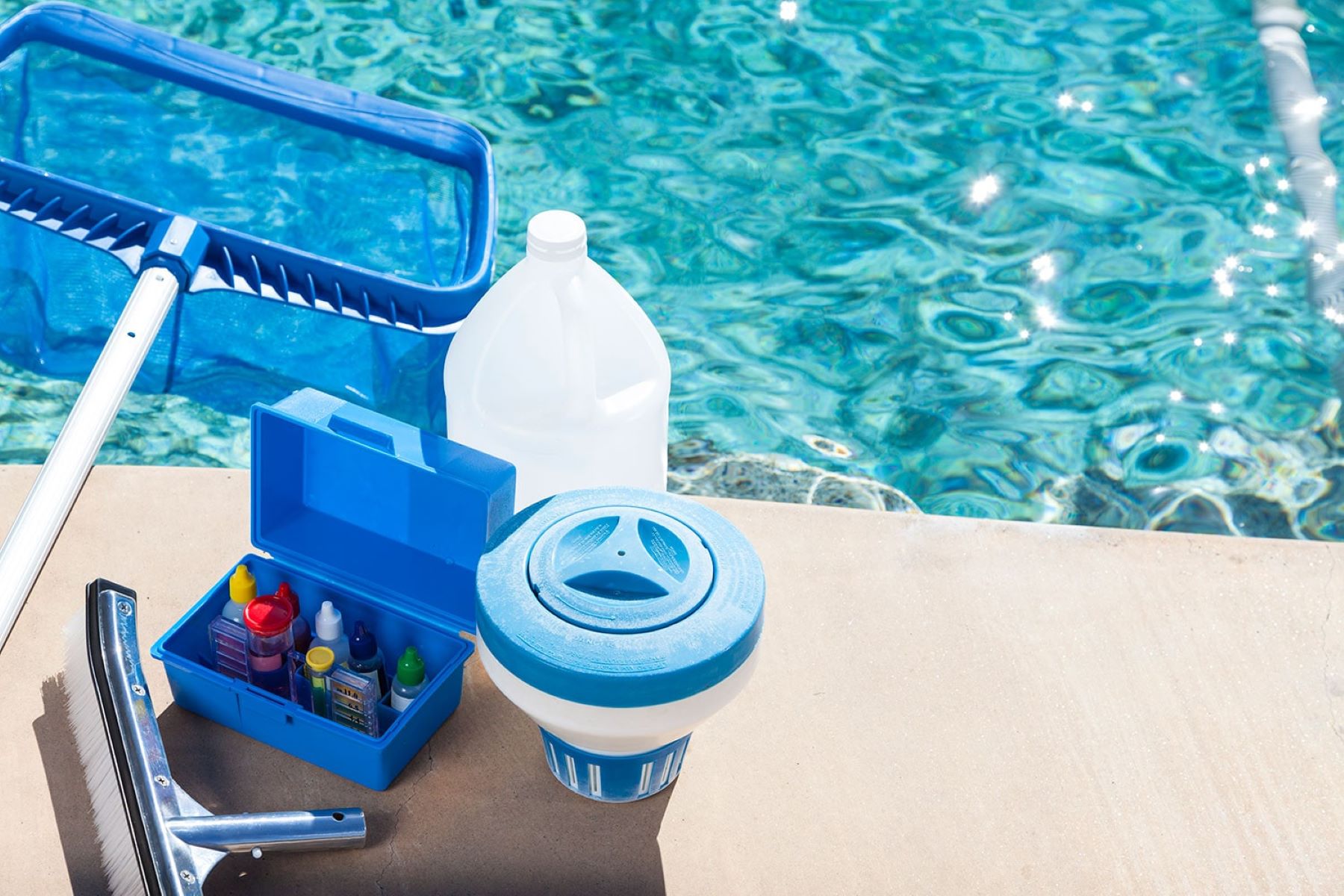
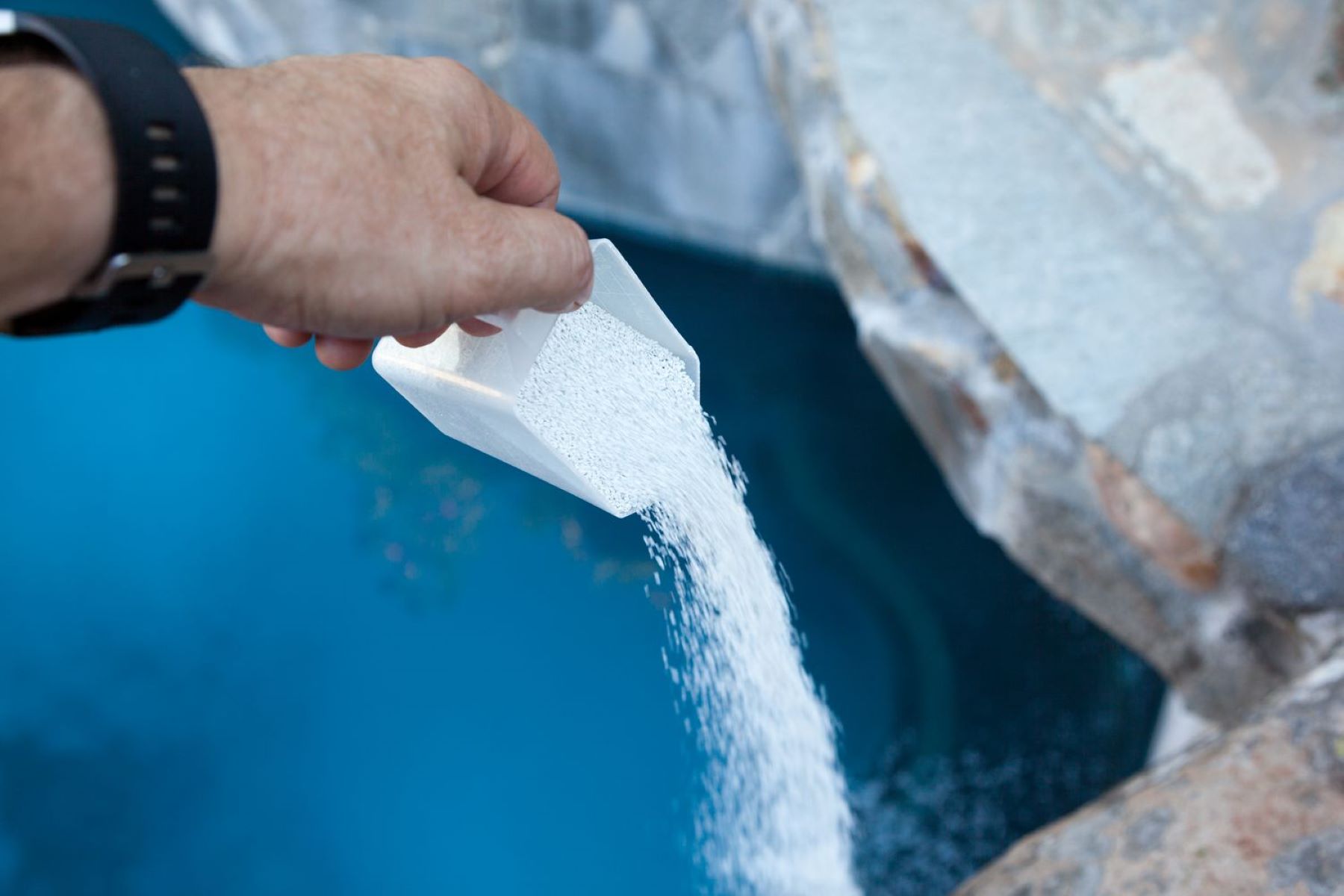
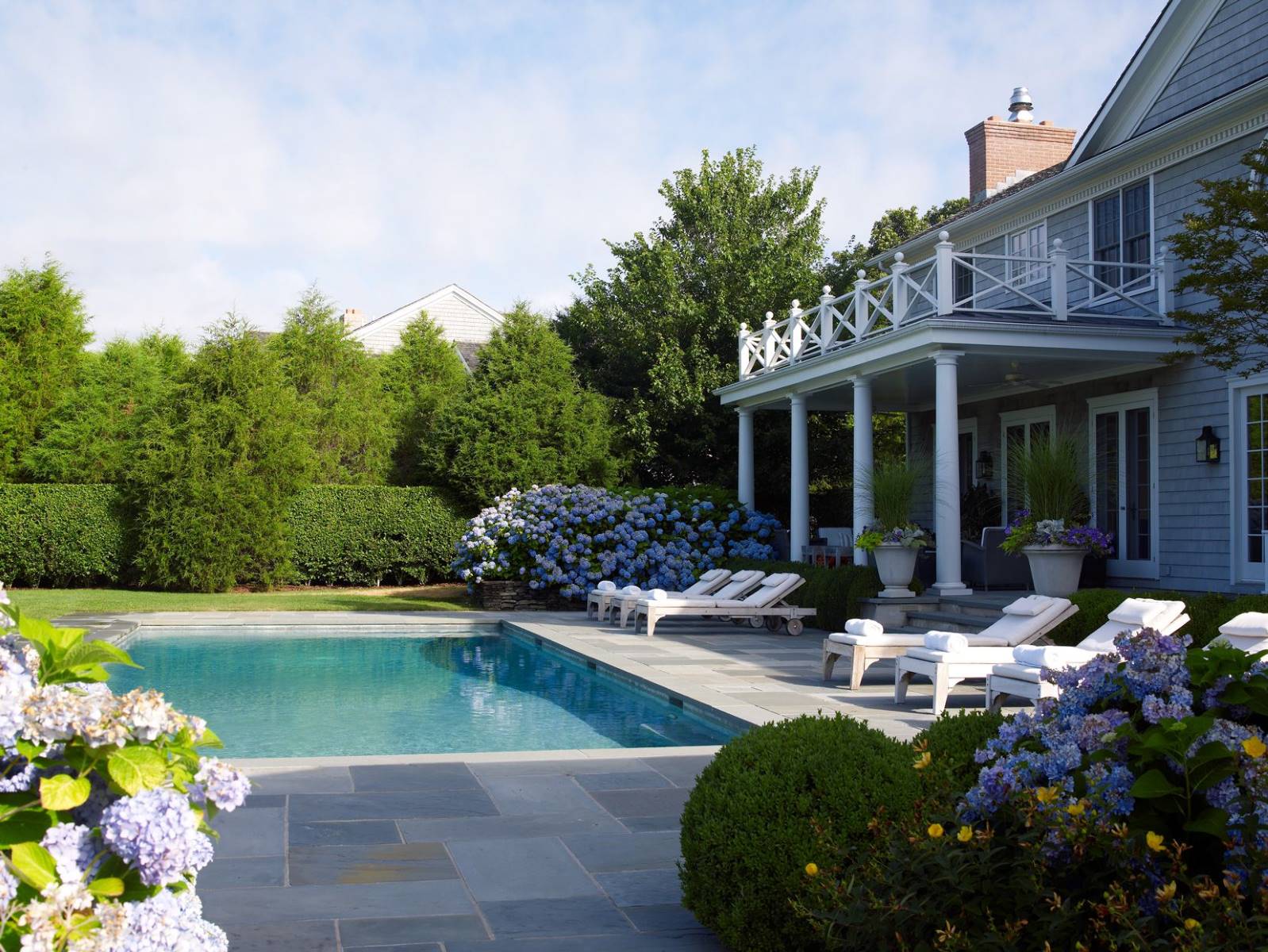

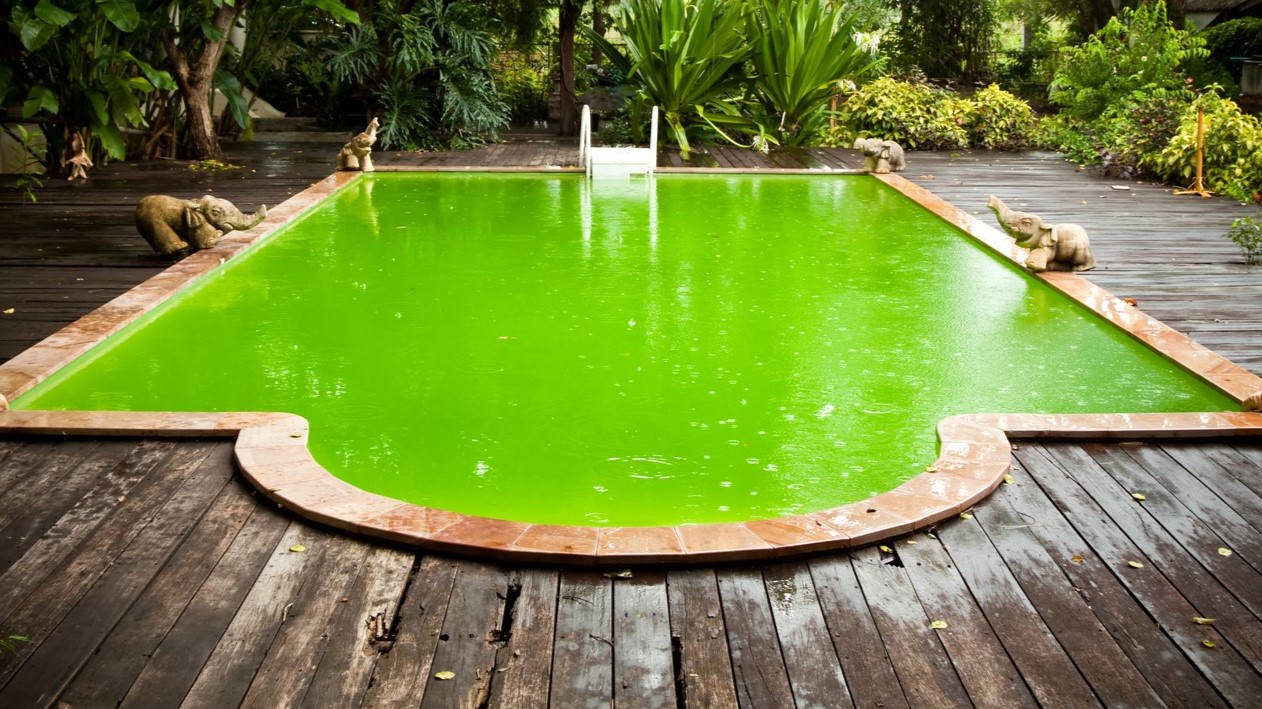
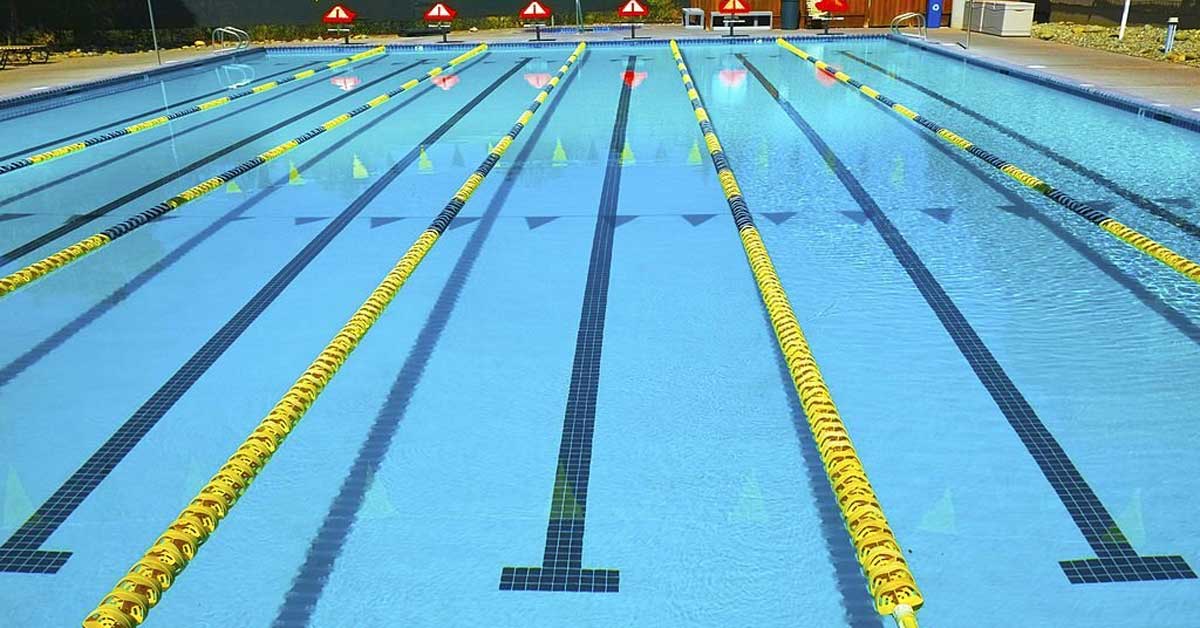
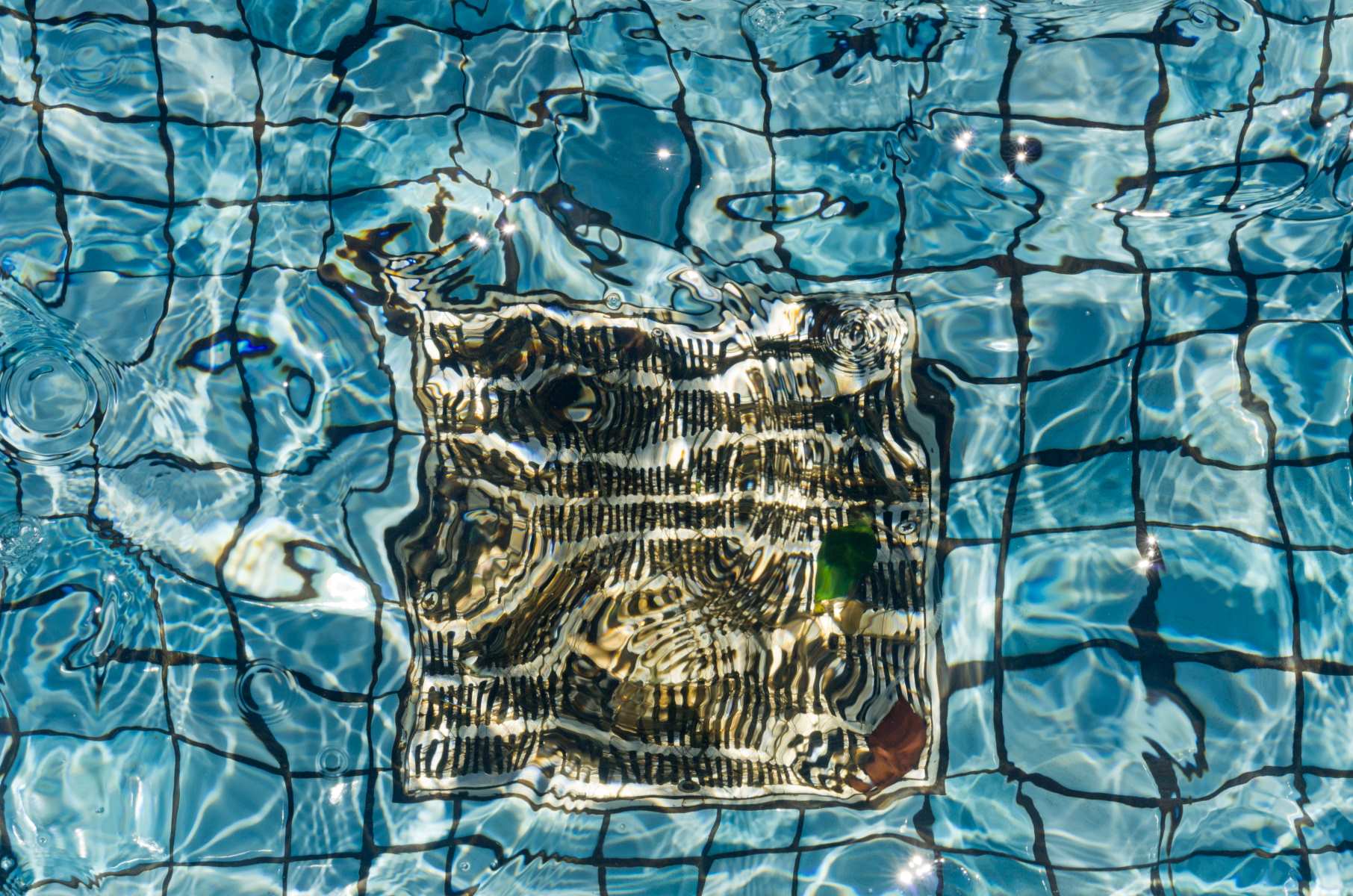
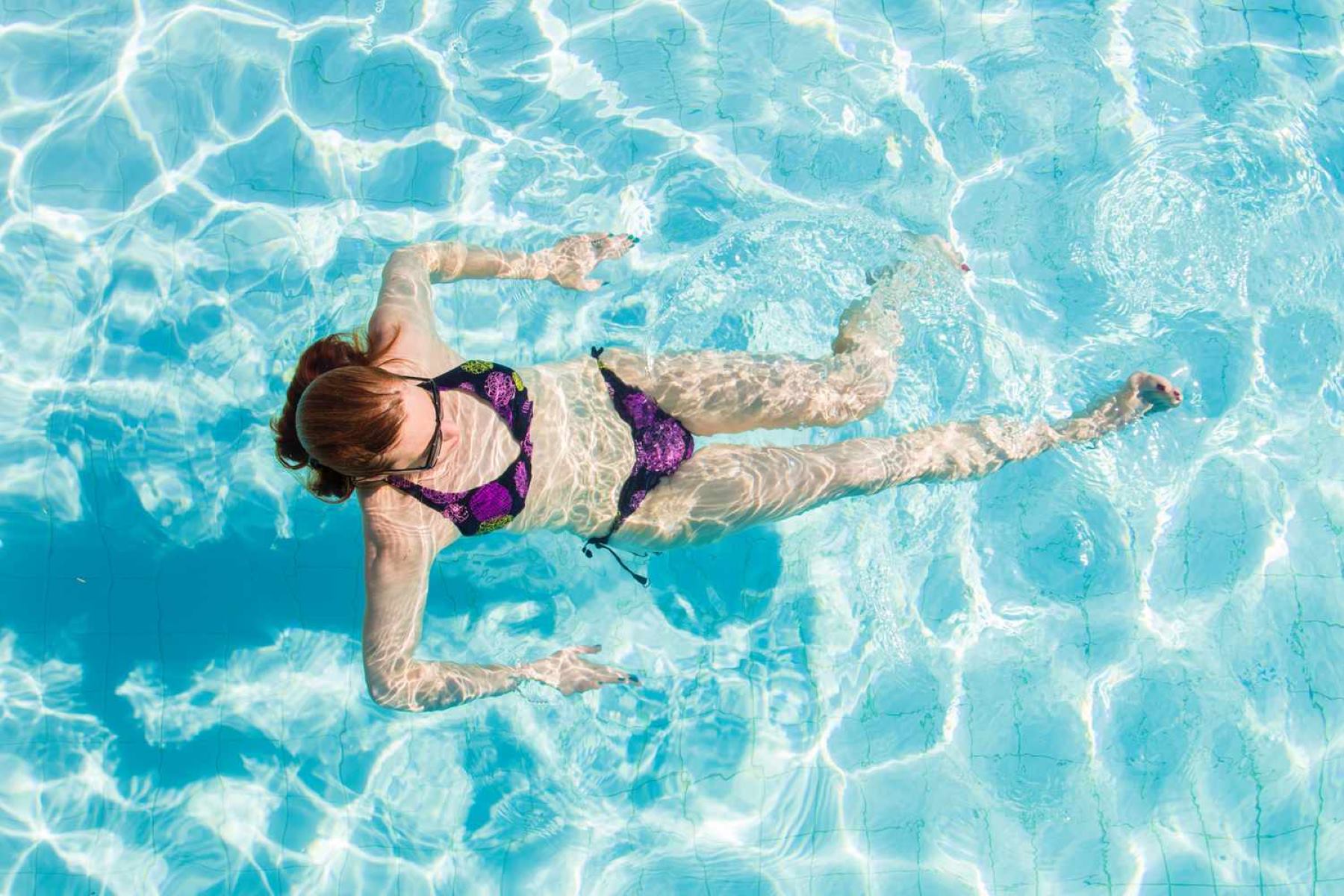


0 thoughts on “What Paint To Use On Swimming Pool Walls”